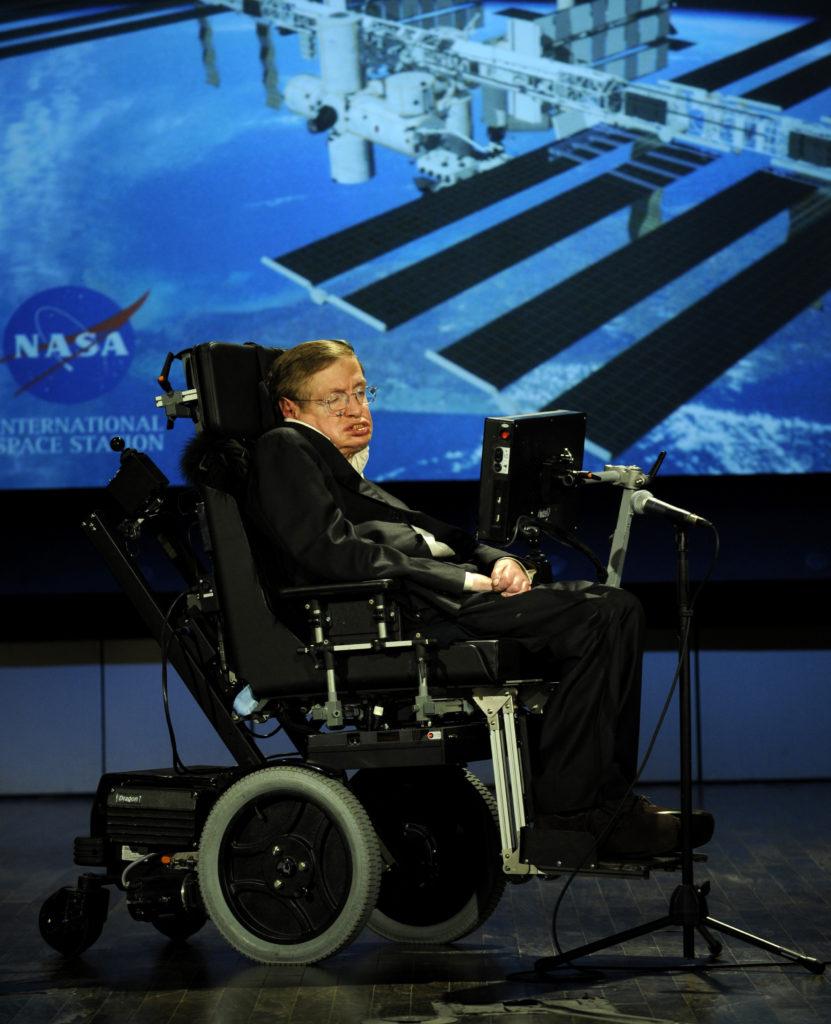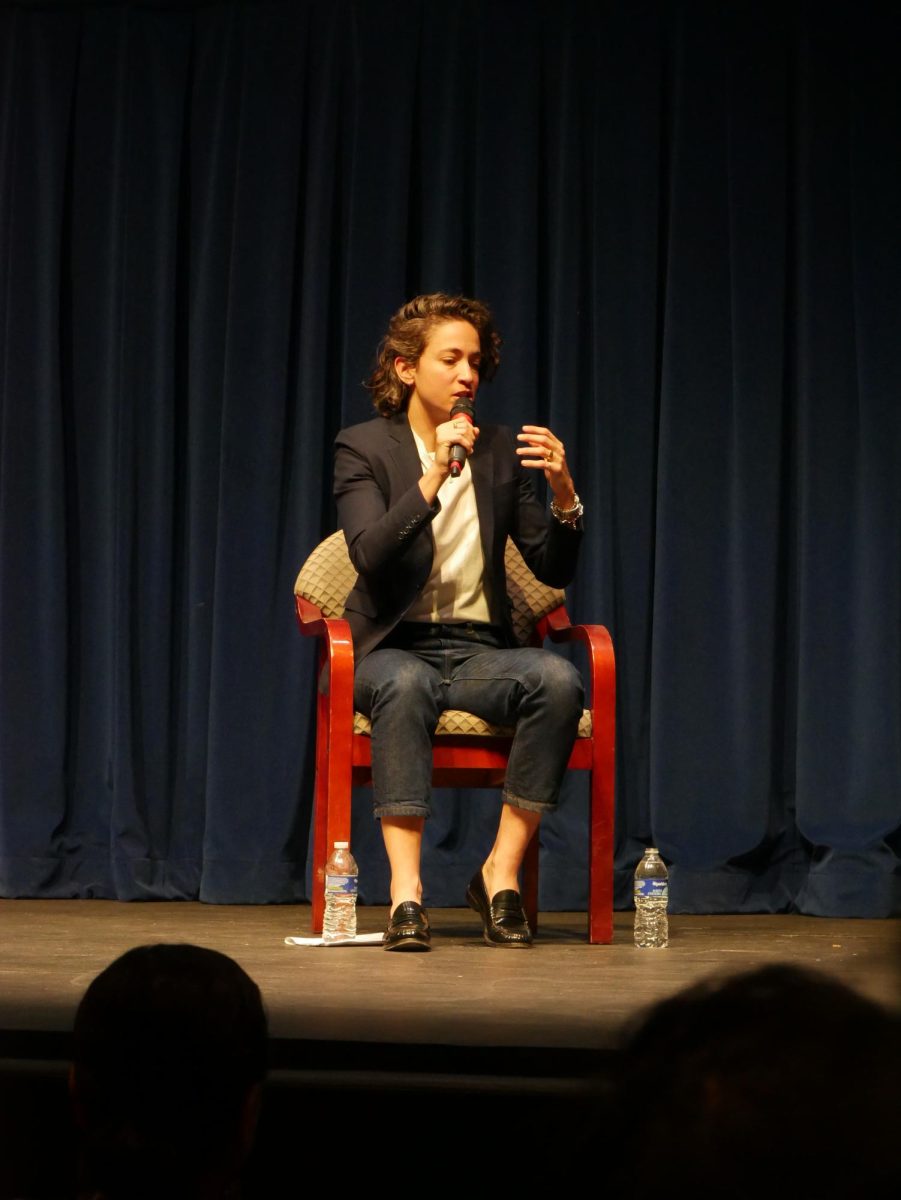Jayson Edgerle
Reporter
A few weeks ago renowned physicist Stephen Hawking passed away at the age of 76.
Hawking was popularized by his stances on various subjects, such as how the universe will end, robot A.I., and various other subjects outside of science. But he was also known throughout the scientific community for his work in physics, primarily on black holes.
Dr. Jeff Louis, physics professor at CSUB in cosmology (the same field that Hawking specialized in), explained the impact the scientist had on the field of science.
“There’s two aspects”, Louis explained. “His scientific work, which for the most part is rather abstract and without any direct influences on our technologies. And there’s the other side, which the ‘rockstar’ aspect of Stephen Hawking: the books he’s written and his role in popular culture as both the brilliant scientist who’s overcome the physical limitations to share his view of the cosmos.”
Louis went on to explain how he himself was affected by Hawking’s theories.
“I have been affected both ways,” Louis explained. “His work has given us new understandings of how black holes work. That new understanding affects the way we teach black holes and thermodynamics of black holes. Plus, the other side is the inspiration and insights into the future of humanity.”
For some, Stephen Hawking inspired hope. Communications major Amy Pachla, 43, shared how Stephen Hawking’s death affected her personally.
“Not so much personally, I didn’t know him,” Amy said. “But when I was a little kid, my mom went back to school and she got a degree in Electrical Engineering. She bought his book and I can remember as a 12-year old trying to read it and not understanding a word of it. But as far as my personal impact for me is somebody because he was so smart, he was able to overcome so much. I admired him for that.”
Hawking also inspired the upcoming generation of scientist. Physics major Christopher Wisehart said he was inspired by Hawking to become a physicist.
“I don’t know if I can overstate how influential and transformative reading A Brief History of Time was on me as a high school sophomore. From the moment I finished it I knew which career path I wanted to take and have never strayed,” said Wisehart over his twitter feed.
Photo from NASA/ Paul Alers









Reid Barnes • May 6, 2018 at 7:50 am
Hawking’s new assumption that the universe has an overall geometry that is saddle-shaped cannot be valid. This geometry is a type of non-Euclidean geometry which proved to be self-contradicting. The validity of geometry and math with coordinates was demonstrated by David Hilbert based on his Theorem 8 [5 in earlier editions of his book] about a line dividing a plane in two. This theorem required for its proof his Axiom I. 2 and Pasch’s triangle axiom, which Hilbert believed was an independent foundational axiom common to Euclidean and non-Euclidean geometry. However, contrary to what Hilbert believed, the triangle axiom was not an independent foundational axiom. It was a proposition that combined a more elementary triangle axiom and Hilbert’s Axiom of Parallels which Hilbert called “Euclid’s Axiom.” This “Euclid’s Axiom” is the central tenet of Euclidian geometry and contradicts the saddle shaped non-Euclidean geometry. Hilbert’s Axiom of Parallels, “Euclid’s Axiom,” was a logical equivalent of the original Playfair’s axiom, which was the logical substitute for Euclid’s famous fifth postulate added by Playfair to Euclid’s geometry in 1795. The Facebook Note, The LITE Triangle Axiom, explains more about Pasch’s Triangle Axiom, Hilbert’s Axiom of Parallels, and a more elementary triangle axiom: https://www.facebook.com/notes/reid-barnes/the-lite-triangle-axiom/230992473620001/